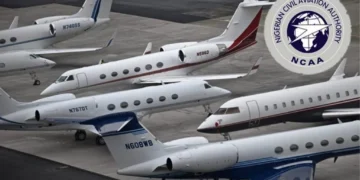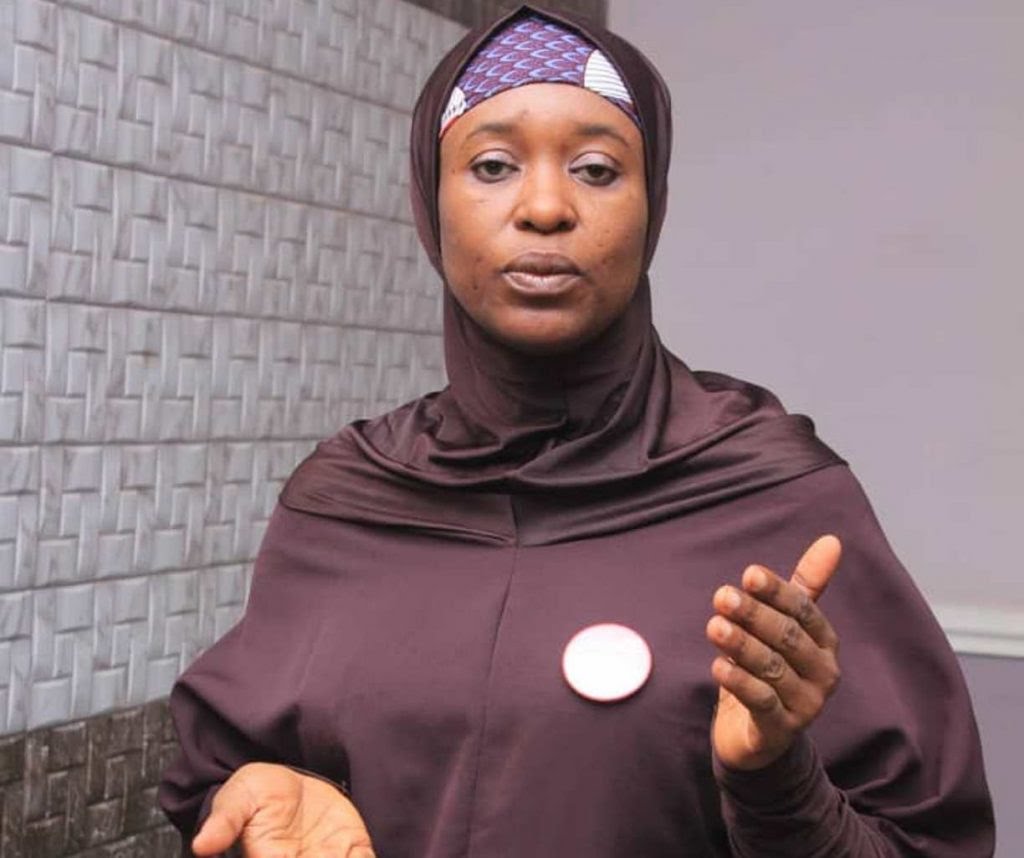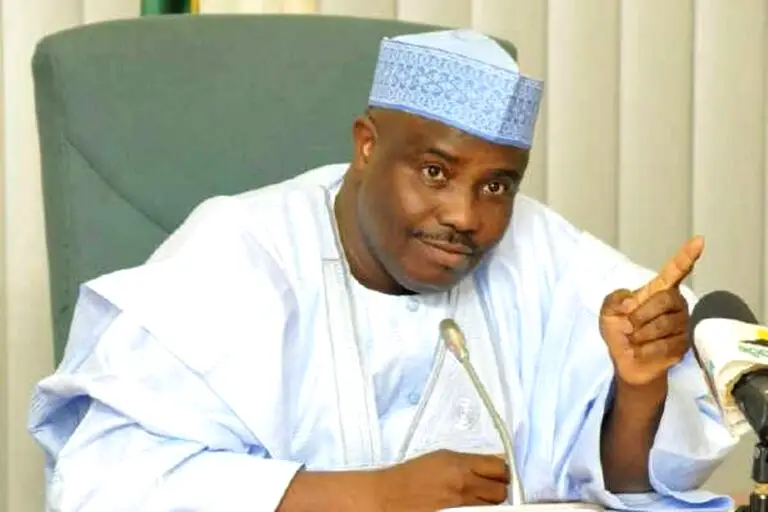[ad_1]
Many have asked why Dr. Nteranya Sanginga, outgoing Director General of the Ibadan-based International Institute of Tropical Agriculture (IITA), chose the phrase “People First” as the mantra of his eleven years administration of the institute. In his words, it was borne out of an encounter he had with a Benin Republic motorcycle rider, popularly nicknamed Zamija, which Nigerians christened Okada. Sanginga had, before this encounter, fallen in love with President Nicephore Soglo of Benin, President Mathieu Kerekou’s predecessor.
“Soglo had inherited a broke and broken country, in people, economy and infrastructure,” said Sanginga. Like any leadership that wanted to make an impression, Soglo “decided to first tackle the infrastructure component as a strategy for revitalizing (Benin) and he did very well in this respect.” However, Soglo failed to be reelected for a second term simply because the people felt that in his rebuilding process of Benin, he refused to factor the human angle into his administration.
So, this day, Sanginga had gone on a visit to IITA’s Benin office. There, he met the Zamija who gave him a ride. In the course of discussion, the future DG of IITA then told the bike man, off the cuff, of his admiration for Soglo’s gigantic infrastructural uplift of Benin. Looking at him as if he was a horse blowing saxophone, the Zamija cynically asked him, almost rudely, “will we eat road?”
Sanginga left Benin Republic with that experience stuck to his subconscious. What that told him, in its basic elementary connotation, is that, while infrastructure is good and any leader must pursue it, it must not be done at the expense of the people’s welfare. So when in 2011, he was elected the 7th DG of IITA, specifically on November 1, 2011, Sanginga remembered the Zamija and decided to make the his unsolicited quip the fulcrum of his administration.
Sanginga was born on December 9, 1953 at the Hospital General de Bukavu in the Belgian Congo, to Joseph Sanginga and Marie M’ Chagane, who migrated to Bukavu town, capital of the Kivu province, from the rural district of Ngweshe, Lurhala in search of a job. The second of eleven children, the young Nteranya wanted to be a footballer from youth. His father had been a driver with the electricity company called Force de l’Est whose office was located at Cyangugu near the Ruzizi River which separated DR Congo and Rwanda, Nteranya began playing football for the Bukavu Dawa Espoir and his first big game came on June 30, 1969, on the anniversary of DRC Independence Day, when he played with national dignitaries present. He rose to playing football for the Congolese national team and married this love for football with his love for a career in agriculture. He was admitted to the University of Kisangani in 1972 and got a degree in Ingenieur Agronome in 1977. He did his PhD in Agronomy/Soil Microbiology under a joint programme between IITA and the Institut Facultaire des Sciences Agronomiques, Yangambi, DRC between 1981 and 1984 and his postgraduate training at IITA.
Till date, Sanginga has harvested over 21 years of experience in agricultural research and development. His major areas of research are Applied Microbial Ecology, Plant Nutrition and Integrated Natural Resources Management in Africa, Latin America, and Southeast Asia. He had earlier worked with the University of Zimbabwe, IITA, International Atomic Energy Agency in Austria and Tropical Soil Biology and Fertility Institute of CIAT. Before his appointment as IITA DG, Sanginga was Executive Director of CIAT-TSBF from 2003 to 2011.
On his appointment as DG, Sanginga set up what he called the IITA Refreshed Strategy 2012 – 2020. It was a strategy to lead and develop the institute. A large chunk of the document contained strategies of gravitating IITA towards the people as an enabler of his poise to deliver on his mission and mandate of transforming the African agricultural agenda. In his words, Sanginga said he settled for this type of management system because “people are the most important assets in any institution” as well as due to the fact that “the people strategy is the link between the business strategy and the implications for human resources.” Sanginga also confessed that, in the early part of his administration, he spent a considerable time answering key questions like, “what are we good at? What capabilities do we need? When and where do we need them?”
The IITA that Sanginga inherited was like Soglo’s Benin Republic. Staff’s morale was at its ebb and infrastructure was heading for its canvass. To worsen matters, the financial capability of the institute was so badly affected by a wrong investment made by his American predecessor between 2008 and 2009. A few months after he took over office, discovery was made of this failed $15 million investment. With a budget of $47 million yearly, the institute was passably surviving. This mis-investment was to have dire consequences for his administration and the people involved. One of these was the forced resignation of board members and their interrogation by the System Council and the EU forensic audit.
According to Sanginga, the first thing he did was to make the IITA staff to own IITA. “I tried to develop a powerful institutional culture within the institute, to make employees ‘own’ IITA, to believe in what we do and what we stand for by answering their questions – from the lofty (how the future developments of food security will affect IITA’s development) to the everyday (how it will affect their jobs)” he said. In getting the staff members to ask those questions, Sanginga said he believed strongly that “IITA is not simply a collection of structures but a living, breathing organic entity…(its) ultimate impact will depend not only on its culture and values but, most importantly, on the people that make it tick.”
The DG thus set out a target for himself. This was to improve the livelihoods of 11 million farmers in Sub-Saharan Africa and pull them out of poverty, while at the same time, increasing IITA’s budget from its paltry figure to $100 million, as well as supporting 200 multi-disciplinary scientists who operated from the institute’s five hubs.
Mrs. Charlotte Sanginga, the DG’s wife, immediately keyed into the People First vision of her husband. Her first assignment was to plan a time-out with family members of the junior staff. During a luncheon organized by Mrs. Sanginga in the DG’s house for spouses of junior staff, they were pleasantly shocked that they could be invited to the home of the Almighty DG! It had never happened in the history of the institute. While addressing the spouses, the DG told them, to “support your husbands/wives and encourage them… do not see IITA as a place of collecting salaries alone but see yourselves as stakeholders.” His wife also told them, “you are my friends and if I find myself in town, I may call on you and make a visit to you.”
To underscore the fact that the people were at the core of his administration, IITA immediately began to renovate the staff crèche centre, as well as retool the IITA Women’s Group scholarship scheme. The scheme became an annual event which supports lowly staff with grants which ultimately helped their children to go through secondary and post-secondary education.
When Bill Gates made a field visit to IITA’s Kano agricultural projects which he funded, under the Bill & Melinda Gates Foundation, in 2011, he immediately wrote a letter on October 26 of the year to the DG. In the letter, he urged him to make progress in Research-for-Development, so as to transform African agriculture. Not only did Sanginga achieve the Gates’ specification in five years by, in the words of Sanginga, “completely transforming IITA into one of the best international agricultural research-for-development centers,” he “tripled the income and investments poured into IITA by our development partners, from USD$47million in 2011 to USD$140million as at 2016.”
Gates then increased his grants to IITA from a sub-grantee on a cassava project led by the Catholic Relief Services in 2009 to 21, with the institute as the lead implementer. The Gates grants ranged in size from $100,000 to more than $14 million, with a total funding portfolio of more than $105 million.
By bringing financial stability to IITA, the Sanginga era ensured that the institute increased its number of internationally recruited scientists from 17 in 2012 to 224 in 2016. Its national staff also increased from 784 to1350. More importantly, the morale of staff plummeted and the capacity of the institute increased.
The plenteous economy of the institute also begot the approval that IITA received in 2012 from the Bill & Melinda Gates Foundation for the sum of US$7million for the implementation of the second phase of the Commercial Products project. Its aim was to institutionalize quality assurance mechanism and dissemination of top quality commercial products, so as to increase crop yield ad improve food security of smallholder farmers in sub-Saharan Africa.
The next was the launch of the grant of US$12m for the Yam Initiative for West Africa, a 5-year Yam Improvement for Income and Food Security in West Africa (YIFSWA) project. This was done in collaboration with the governments of Ghana and Nigeria, the UK’s Natural Resources Institute (NRI), Alliance for a Green Revolution in Africa (AGRA) and the Catholic Relief Services (CRS).
Perhaps one of the greatest legacies of the Sanginga administration is the IITA Youth Agripreneurs Programme (IYA). Created in August 2012, it was targeted at addressing the high rate of youth unemployment in Africa. In its statement of purpose, the institute based the IYA project on the fact that, for a demographic of over 60% of Africa’s estimated 12 billion people, who are under 25 years of age, agriculture is a goldmine waiting to be explored. It also believed that opportunities across value chains in agriculture abound to gainfully employ these restless but jobless youths. Thus far, the IYA initiative has been adopted by the AfDB which has scaled it to 24 countries.
In achieving the vision of African agriculture, IITA began to build strategic partnerships. It appointed former Nigerian president, Olusegun Obasanjo, as its Ambassador. Under Sanginga’s watch, IITA has also partnered with the president of DR Congo, Felix Tshisekedi and other African countries. The height was The Africa Food Prize which IITA won in 2018.
The 2021-22 strike of COVID-19 pandemic made a huge negative impact on IITA. While challenges of conducting researches by scientists came, stagnation of funding due to paucity of global finance also struck. While most organizations were spiking the number of staff, the institute journeyed into itself and strengthened collaboration and resource mobilization with Development Banks and African Governments. Serious funding then came from country programmes supported by the World Bank, AfDB, International Fund for Agricultural Development, (IFAD) Islamic Development Bank and governments.
Dr. Sanginga interweaves hard work with a robust social life. No wonder, the Oone of Ife, Oba Enitan Ogunwusi installed him the Aare Afurugbin Ola of the Source in 2021. When age stopped his footballing, it was to squash that he turned. He even became the Chairman of the Squash Section of the Ibadan Recreation Club.
In 2015, fate brought Sanginga and this writer together. One day, I arrived at the IRC Squash section for an early game and Sanginga asked us to play. While we “tossed,” he asked what I did for a living. When I told him, he shouted, “why didn’t you tell me?” Thereafter, Sanginga took me to Rwanda, Ethiopia and Democratic Republic of Congo on official assignments.
As Dr. Sanginga finished his tour of duty, IITA will surely miss its first African DG who prioritized the people’s welfare as the cornerstone of his administration.
ALSO READ FROM NIGERIAN TRIBUNE
[ad_2]






